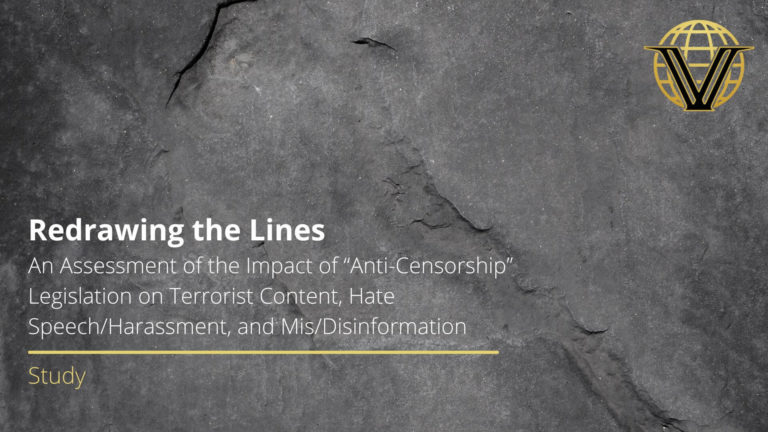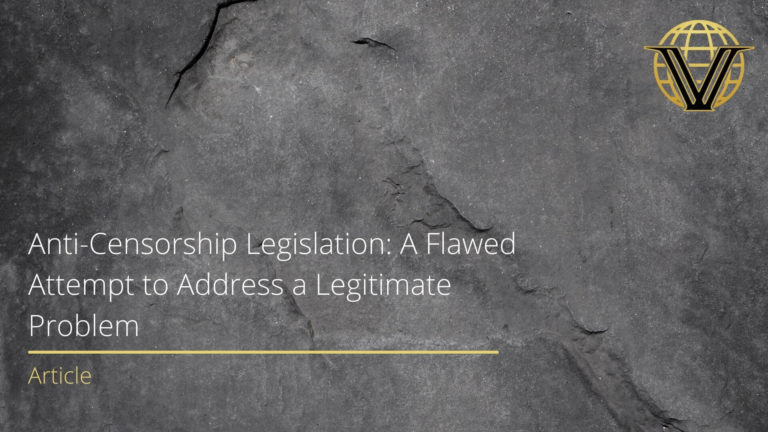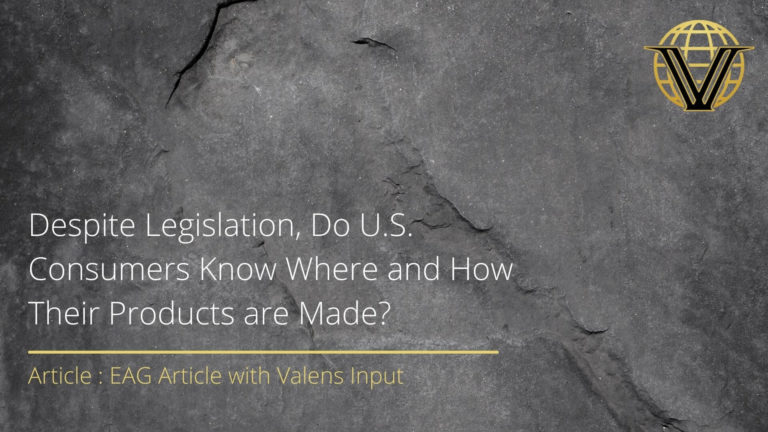Daveed Gartenstein-Ross and Jonathan Schanzer
The specifics have often fluctuated, but the core of Donald Trump’s foreign policy vision has remained steady. He believes, as the Brookings Institution’s Thomas Wright has noted, “that America gets a raw deal from the liberal international order it helped to create and has led since World War II.”
For some of the alliances that Trump has questioned, such as NATO, critics fiercely contend that the president-elect underestimates the benefits flowing to the United States. But there is a class of messy, increasingly complicated foreign-policy relationships that the Trump administration would do well to reconsider: Middle East countries that simultaneously act as U.S. allies, adversaries and enemies.
Why should we care about these relationships now? Trump’s election has put many of the U.S.’ relationships into focus in a way they have not been in a long time. He has questioned the value of some of the U.S.’ longstanding alliances, and regardless of one’s politics, it would be a mistake to write off such inquiries.
As the Trump administration prepares to take office, the chance exists to not only reset some relationships, but also to reconsider them. We’re now more than 15 years past the 9/11 attacks and the start of U.S. military involvement in Afghanistan. In a few weeks, we’ll mark the 25th anniversary of the fall of the Soviet Union. The world has changed substantially in that time, and it’s acceptable—healthy, even—for the U.S. to reevaluate some of its longtime partnerships.
This is especially true in the Middle East. Not only does this region bear the clearest nexus to the issue the U.S. has most prioritized in its foreign policy this century—the threat of terrorism and insurgent violence from militant Islamist groups—but it is also home to some of America’s thorniest relationships, which are only growing more complicated. Central to changing the course of these relationships is distinguishing between an ally, adversary and enemy.
Donald Trump really wants to shake up the world order? He should start here, with the countries that fit all three categories at once.
***
The definition of an ally needs little explanation, but the distinction between adversary and enemy is worth briefly unpacking. When a state is an adversary, there is a clash of interests or values, but room for compromise—today’s adversary could be tomorrow’s ally. In contrast, an enemy is a country that seeks our total defeat, and we seek the same in return.
For decades, these categories among states were fairly cut and dried. But in the post-9/11 order, an increasing number of countries can be characterized as “all of the above.”
Pakistan is a prime example. Just before the 9/11 attacks, Pakistan had become an international pariah due to its test of a nuclear weapon in 1998 and the military coup that brought General Pervez Musharraf to power. But the 9/11 attacks transformed Pakistan into a vital strategic partner due to its proximity to Afghanistan.
In America’s war against the Taliban and Al Qaeda, Pakistan was arguably both our most critical ally and deadliest state enemy. Pakistan allowed U.S. and NATO planners to route supplies for military operations in Afghanistan through its territory, shared valuable intelligence with the U.S., and received billions of dollars in aid. Yet at the same time, Pakistani intel services supported the Taliban and other insurgents, and bear direct responsibility for the deaths of American servicemen. How Pakistan functioned as an adversary at the same time it was a close U.S. ally is perhaps best exemplified by the fact that, for several years, Al Qaeda leader Osama bin Laden hid at a compound in Abbottabad, less than a mile from the Pakistan Military Academy, almost certainly with Pakistani knowledge. Distrust ran so high that the U.S. government famously chose not to notify Pakistan before carrying out the May 2011 raid that killed bin Laden, fearing that the Al Qaeda leader might learn of the imminent strike. Today, the nation continues to serve as a sponsor for dangerous terrorist groups.
Similarly fraught and worthy of the Trump administration’s scrutiny is the U.S. relationship with Saudi Arabia. There have been, of course, mutual advantages to the U.S.-Saudi partnership: During the Cold War, the U.S. provided a “security umbrella” over Saudi Arabia and other regional monarchies to prevent Soviet incursions, while Saudi Arabia kept its oil flowing and served as a regional bulwark against communism.
But there have also been significant costs. For decades, Washington has looked the other way while Saudi petrodollars have funded schools, charities and other institutions that spread the intolerant and often-violent Wahhabi ideology that helps to fuel jihadism. In its global propagation of the Wahhabi creed, Saudi Arabia is second to none in the Muslim world. To be sure, the Saudis have made some progress—terrorist financing emanating from Saudi Arabia has declined, but it has not ceased—but hateful Wahhabi teachings continue worldwide.
There is also the wealthy Gulf emirate of Qatar, which hosts the massive Al-Udeid Air Base, arguably America’s most important strategic asset in the Middle East and home to the United States Central Command’s forward headquarters. But at the same time, U.S. officials have been alarmed by Qatari stances—during the “Arab Spring,” the nation had a strong preference for uprisings that supported Islamist groups—and by its actions, which include allowing the Taliban and other militant groups to set up offices in Qatar, and hosting and financially backing the Palestinian terrorist group Hamas. Mounting evidence suggests that Qatar is supporting salafi jihadist groups, especially in Syria. Jabhat Fatah al-Sham (formerly known as the Nusra Front) is chief among them. This matters because “regional” jihadist groups rarely confine themselves to their own regions. Rather, their objectives and alliances with other jihadists tend to grow over time, thus magnifying the key strategic challenge that the U.S. has struggled so mightily to confront over the past decade and a half.
In the hazy realm of U.S. allies and adversaries in the Middle East, the most recent—and alarming —new addition to the list is Turkey. Once viewed as a stalwart member of NATO and a staunch secular American ally, the country has become increasingly hostile to Washington as its leadership steers in a more Islamist and authoritarian direction. It has supported jihadist-leaning fighting groups in Syria, and Al Qaeda figures have used Turkey as a safe haven. Turkey is home to a large headquarters for Hamas, and it engaged in a massive illicit financial scheme that helped Iran evade sanctions at the height of that country’s nuclear crisis.
Under successive presidencies, American policymakers have somehow convinced themselves that the U.S. needs these Mideast countries more than they need us. Thus, the U.S.’ response to the action of “frenemies” has often been muted—even when American lives were on the line.
As Trump’s administration prepares to take office, America’s reliance on so-called allies that pose direct or indirect threats to Americans must change. On the campaign trail, Trump vowed time and again to renegotiate bad agreements and establish better terms for our country. Here’s a great place to start.



